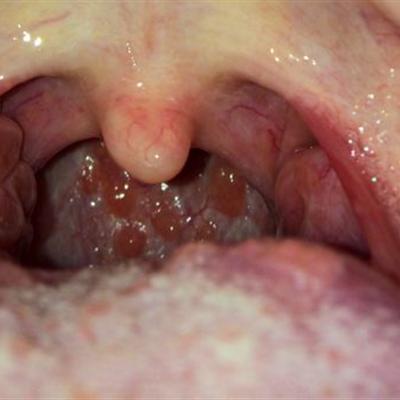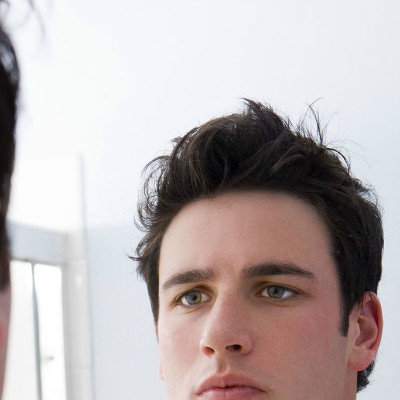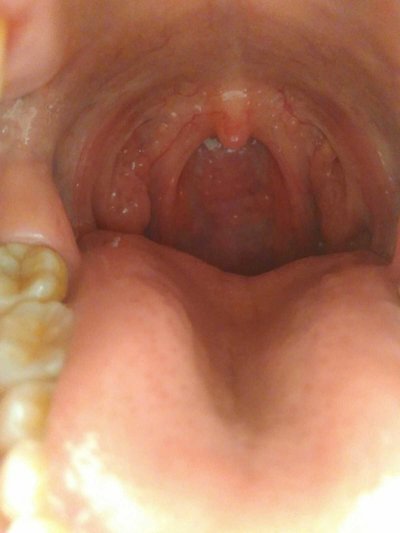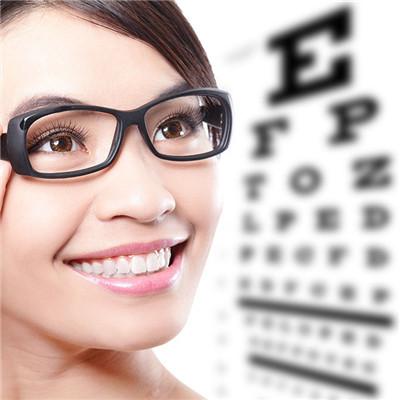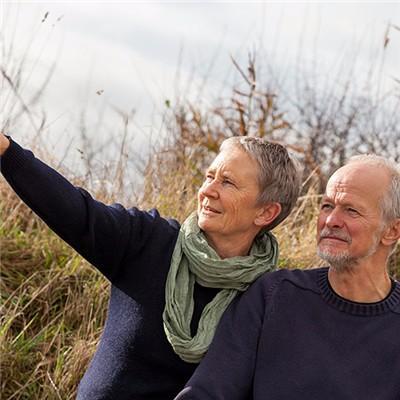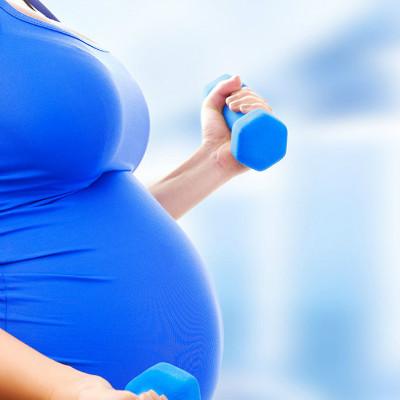How does lumbar spondylolisthesis do?
summary
Lumbar spondylolisthesis, also known as degenerative lumbar spondylolisthesis. This disease brings great harm to patients. The disease mostly occurs in the elderly aged 50-60 years old. Due to intervertebral disc degeneration, facet joint disorder, peripheral ligament relaxation, intervertebral space instability, a vertebral body on the vertebral joint moves backward. Therefore, there are low back pain or low back pain and other clinical symptoms. Now let's talk about lumbar spondylolisthesis?.
How does lumbar spondylolisthesis do?
The first is degeneration of intervertebral disc, disorder of facet joints, relaxation of surrounding ligaments, instability of intervertebral space, hyperplasia and enlargement of facet joints, hypertrophy of ligamentum flavum in soft tissue, approaching to the midline, widening of spinous process root and protruding into spinal canal. The lamina became thick, hard and irregular, the space of lamina became small, sometimes overlapped and showed tile like changes.
Second: it is generally believed that the range of motion of the fourth lumbar vertebra is the largest, followed by the fifth lumbar vertebra, so the incidence between the fourth and fifth lumbar vertebra is the most. The endocrine changes in women's menstrual period can make the ligaments relax, and increase the unstable factors on the basis of instability. Therefore, there are more cases of degenerative anterior spondylolisthesis in women's fourth to fifth lumbar vertebrae.
Third: a history of chronic low back pain, often acid, heavy, fatigue, light and heavy, the same position can not last. Accompanied by nerve root compression, pain can radiate to the leg, there is traction, burning, numbness, tingling and other feelings. At the beginning of the symptoms are not serious, often do not cause attention, the disease can last for months or even years. Some patients can be accompanied by intermittent claudication, pain is obvious when walking, pain relief when sitting.
matters needing attention
1. Waist braking: including bed rest, avoiding waist load, twisting, bending and other activities, waist brace, waist protection, etc. 2. Drug therapy: non steroidal anti-inflammatory drugs, focus injection, nerve block therapy, etc. 3. Manipulative treatment: commonly used hip flexion and knee flexion, spine flexion, tension and compression therapy, rotary reduction and other manipulations. The force, point and degree of manipulations should be accurately mastered during treatment, and excessive weight should be avoided, so as to achieve good results. Although the symptoms disappear after reduction, it is not equal to cure. Reliable lumbar stabilization measures must be taken to consolidate the curative effect and prevent recurrence.
